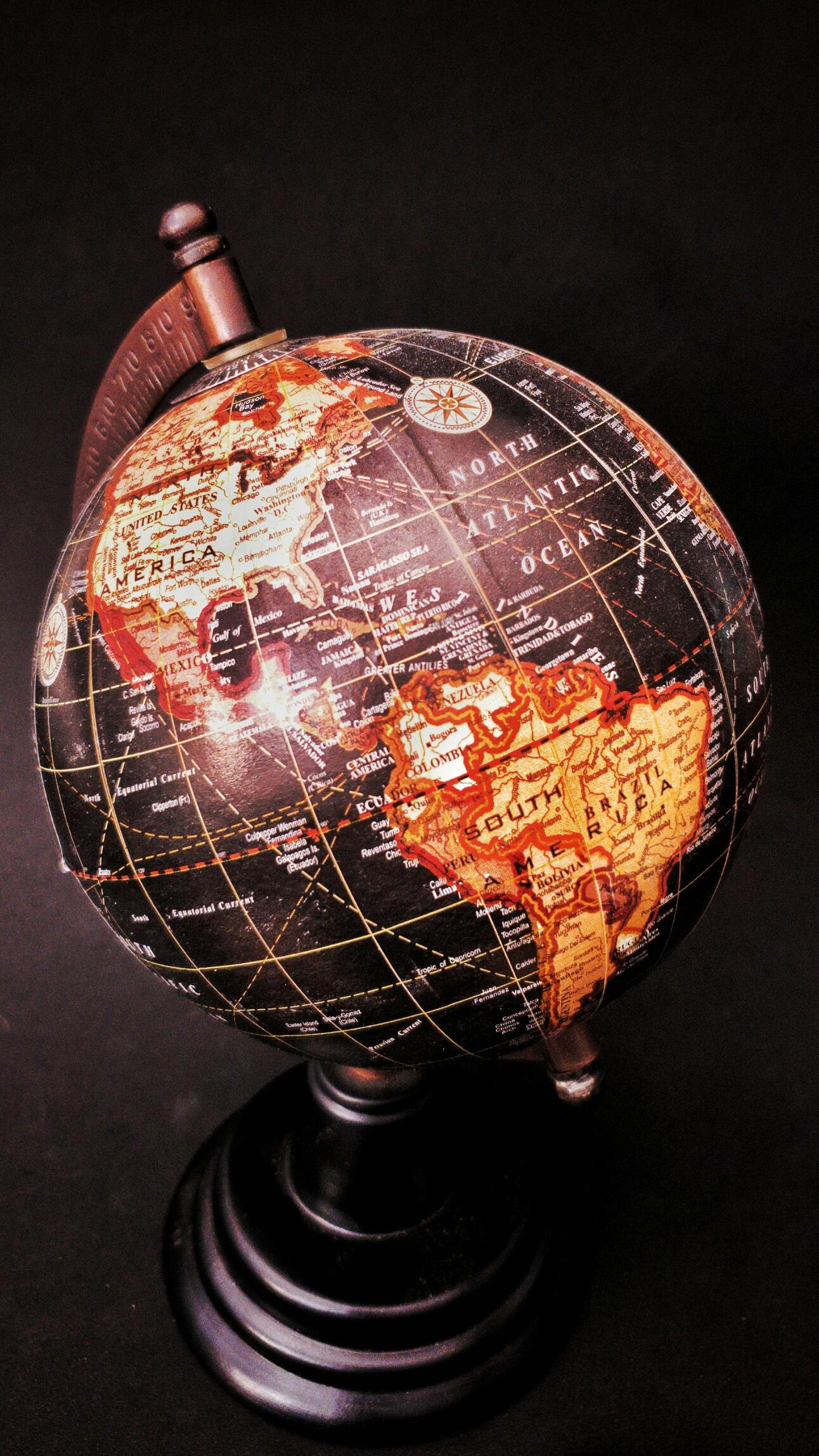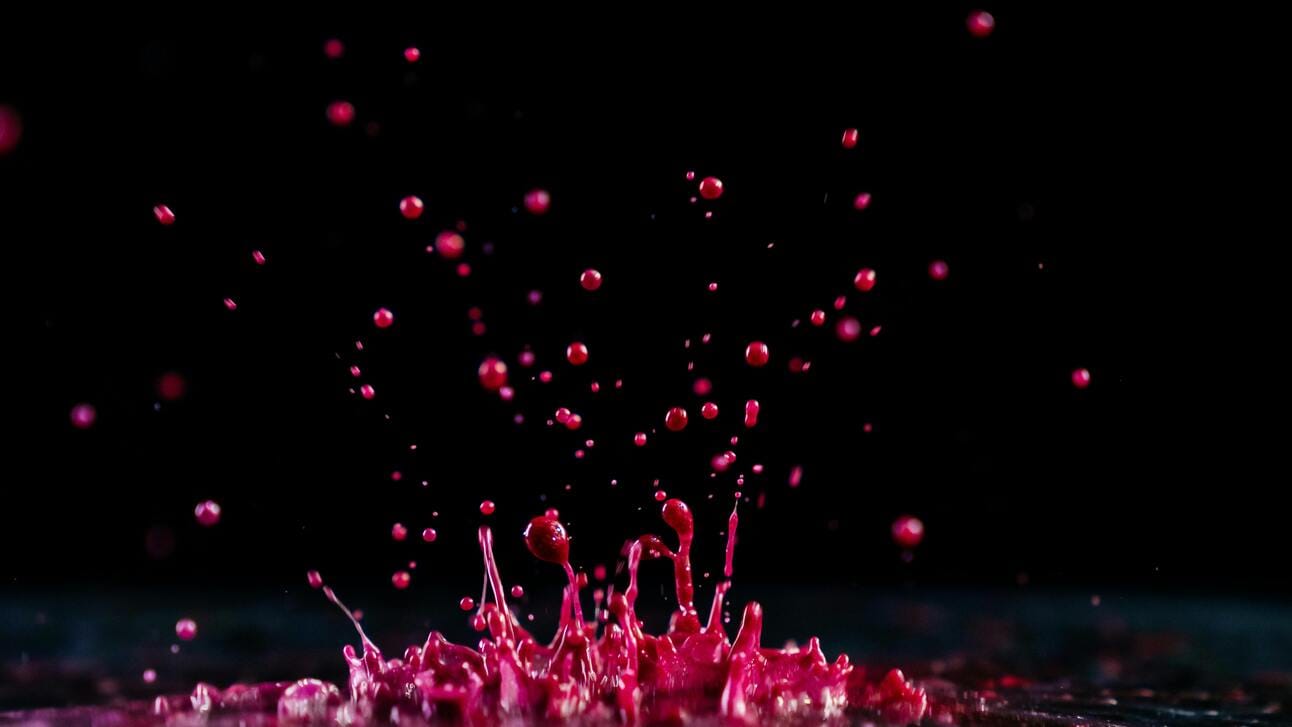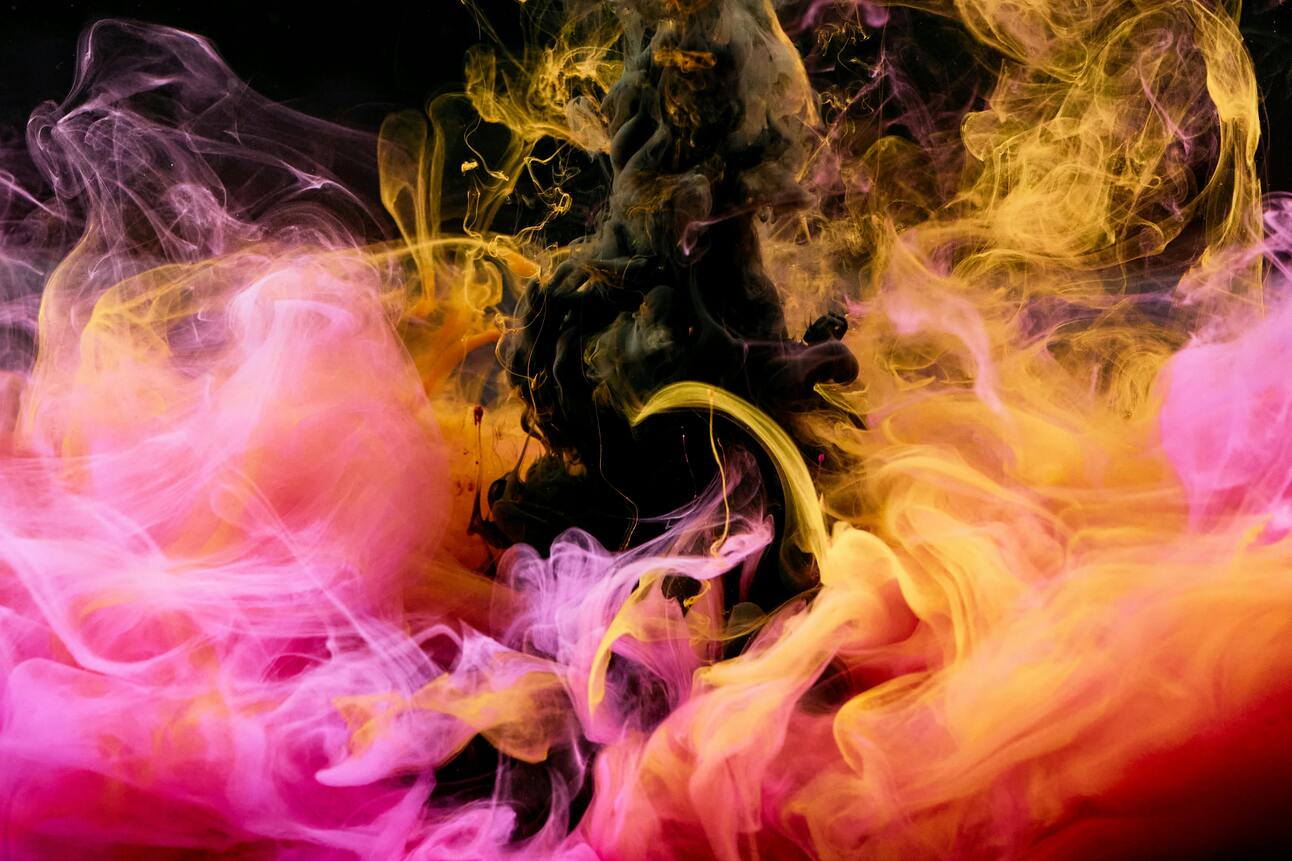- Megan Shabram PhD's Newsletter
- Posts
- Connectivity Where You Least Expect It
Connectivity Where You Least Expect It
An in the trenches perspective on Diversity Equity Inclusion (DEI) organizational policy and a case for why mandatory diversity statements may not be necessary for DEI values to shine at educational institutions and organizations at large.
Recently, while watching a clip on a youtube news channel, an image of the SpaceX website panned across the screen. I saw in the corner the words “connectivity where you least expect it”. Tongue-in-cheek, I thought to myself, “I’ll show you what connectivity where you least expect it really means”. Facetious as I was, there is something a little too all-or-nothing about our current administration’s push to eradicate diversity inclusion and equity (DEI) policy from our economic system1. Let me explain more.
Likening our human bodies to thousands of picasso-like paintings of our ancestors’, all blurred together inside ourselves, paints a picture of how they all must work together within us. As all these parts of ourselves figure out how to work together, they animate our lives and they orchestrate our human development in a forward arrow through time and space. As these parts of our bodies release hormones and move physical processes into motion, they are simply responding to our day-to-day environmental experiences and choices - an orchestra of human development, clockwork, and novelty.
As we move through the world, our epigenetic (along with our lived) experiences shape how our bodies react2 . Yet, as we develop as people, as we mature emotionally, we begin to learn about our bodies, what we like and don’t like, and we gain capacity to respond.
You could say that these body “parts” are stabilized against the core of our psyches, or our “souls” through our nerves. Within this context, I believe it is fair to say that when distortions in our “souls” emerge as our bodies develop within colossal experimental organizational psychological systems, it can create physical health problems for us in our bodies, big or small.
Recent science has begun to make the connection that our bodies store epigenetic memory overlayed on top of our DNA and gene expression. This brings with it a paradigm shift in how we view the evolution of our instincts. As we move through the world, our epigenetic (along with our lived) experiences shape how our bodies react2 . Yet, as we develop as people, as we mature emotionally, we begin to learn about our bodies, what we like and don’t like, and we gain capacity to respond.
Multicultural bodies
This emotional capacity is physical. Throughout this bodily process (the process of living life) if things go well, we have access to more choices, we have greater recourse and we grow to acquire new interpersonal responsibilities. After we accept the confounds of modern civilization, and we come to terms with who we are within our modern social structures, we carve out new possibilities to move forward into. We evolve. This process, by definition, is a creative act.
When it comes to the physical process of how our bodies emotionally mature, it is a process of becoming aware of what shuts our bodies down, what moves our bodies into action, and what we move our bodies away from. We also learn in time what lights our bodies up inside and therefore expands our consciousness and our perceptions. Our bodies then become more psychically skilled at being conscious. Through learning to stay expanded while we perceive more of the information available through our various types of nerves, we begin to construct new interpretations and meanings.
…we must learn and evolve to be able to relax, be playful and to be creative with other people, cultures, and ethnicities that historically we have been disconnected from.
For a lot of these things in the world, even something as simple as why a person might not like the taste of some foods, oftentimes we have no explanation for. But as we learn about ourselves, we hopefully come to accept ourselves, with compassion, for who we are and with where we are at. We grow up. Then, through neuroplasticity, we get to decide and learn to like and appreciate new things, and as physically painful as this process can be, we get to let old things about ourselves die. We evolve in our own lifetimes.
How does this apply to DEI? Well, it applies because we must learn and evolve to be able to relax, be playful and to be creative with other people, cultures, and ethnicities that historically we have been disconnected from. What I mean by disconnected is interactions between people that are occurring largely while people are in fight flight freeze or fawn physiological states of consciousness.
How have we made it this far?
In today’s world, including in the United States, there is an opportunity to learn how to relax and how to be playful, in other words, be creative, with people who are different, what ever different looks like for us as individuals. As complicated as this idea can get, I’d argue that this opportunity is available no matter who we are and no matter the past lived experiences of our bodies and our various ancestors bodies. Perhaps going on this journey can be available to the masses. Available to us now, perhaps more than ever before, is the opportunity to cultivate connectivity where we least expect it.
As adults at work, if we can relax and be playful around people who are different, we can create from a larger field of life. Innovations that emerge in these spaces can have a greater reach and produce larger rewards. Tying this back to our economy, authentic connection, safety, and real collaborative ideation within diverse we-spaces or containers almost inevitably can produce a larger “bang for our buck”. This is because when true emergent creative solutions are brought forward by teams of diverse human bodies, these solutions have the potential to be in greater alignment with more of humanity.
Through fear-based control, large groups of people are systematically induced into a physiological state of fight flight and freeze in their bodies, perhaps a largely unconscious cultural practice handed down through generations.
When considering how humans have made it this far, there is something important to consider here regarding the role that language plays in our civilization’s organizational psychological structures, social agreements, cultures and religious beliefs. Language offers us a chance to work together and to forge large civilizations that include diverse peoples, even while people are in physically collapsed states of consciousness, also known as fight flight and freeze. It offers us the ability, for better or for worse, to function alongside each other while we are collapsed and while we interact like separate objects. Today, organizational psychological structures built on fear based control are still binding. These systems are experimental.
Language offers us the ability to be able to work together with more harmony in-spite of any history or internal reactive experiences happening in our bodies as we encounter cultural diversity that may be unconsciously threatening. In the same light, this ability for us to communicate through language and writing while we are activated also creates opportunities for organizational systems to control and oppress. Through fear-based control, large groups of people are systematically induced into a physiological state of fight flight and freeze in their bodies. This is perhaps a largely unconscious cultural practice handed down through generations. Generations of people born into this form of oppression, a byproduct of the emergence of civilization, work hard within the system to climb. Some are able to climb the hierarchies, only to find that they are now free from oppression yet trapped in bodily repression.
The cost of belonging
Entrenched and ingrown organizational structures today are rampant with human sacrifice. These practices show up today as epidemics of blame, bullying, mob-bullying and “harvesting”,3 arguably preferable to the perfunctory purpose of the Roman Colosseum or the more intentional human sacrifice in Maya culture. Perhaps also better than the reality of the Shogunate era in Japan, current subtle emotional warfare embeds obsolete psychological structures and order into our minds, bodies and our lives.
Perhaps our current systems, rampant with anxiety and depression, aren’t much better. In these circumstances, the slow burn of our body’s contracting light draws life-force away from our extremities or away from other body parts, to protect us. Our consciousness starts to shut down while our nervous system’s activity and perceptions dim into various survival modes. Yet we forge on in these collapsed states, lengthening the process of what historically were violent deaths into months, years and even decades.
You are only free when you realize you belong no place—you belong every place—no place at all. The price is high. The reward is great.
Slowly, while our nervous system is contracted, our extremities may start to decay when the first sign of a rash becomes a bloody itch. Perhaps we start to lose our hair. The list goes on. At a trickling rate, we are collapsed under stress and pressure that we label as anxiety, or we are frozen into depression, numb, our bodies playing dead, as we limp forwards, battling our slow death.
While in fight flight and freeze we start to resemble the zombie apocalypse, ever so faintly, and hidden away under our lipstick or our clothing. Perhaps these different forms of human sacrifice are shadows of how various religions succeeded in “civilizing” us in-spite of our prehistorically innate animalistic tendencies. From another vantage point, perhaps this phase in the evolution of civilization is how we transition away from physical violence and evolve towards peace and vibrancy. The way I see it, what is next for humanity is revolutionary. Perhaps more importantly, I believe that there are ways for us to create a path forward such that we leave no entrenched organizational structure behind.
Can we evolve here and now?
Language and other physical communication mediums such as books, recordings, and even artwork offer us the chance to reach each other across time and space, while large parts of ourselves are shut down and collapsed in fight flight and freeze. But there comes a time when we must reckon with this situation. There comes a time when generations of people living most of their lives in organizational psychological systems that operate from fear-based control, start to crumble. So too must these experimental systems.
When the economic structures and organizational psychological structures that our civilizations are built upon and that allow us to function like machines alongside each other, start to crack, we must evolve. And we must evolve at a deeper level, at a non-verbal level - at an emotional level. As we carry out the scientific process as a species, we search for meaning to create and build from. Those who wield authority get to shape the narrative. Yet, true leaders get to inspire and lead the unfolding of new findings and meanings, leading our evolution forwards. Our structures and systems must stretch, grow and change to allow this process to happen. Entrenched organizational structures that can’t change may stagnate. Ingrown societies may flounder as generational trauma continues to suffocate and block.
Are we ready, in the face the dialing back DEI, to let entrenched organizations fall away, while authentically diverse organizations and institutions inevitably flourish?
I can’t help but wonder, is our current Administration, and those in alignment with ending DEI initiatives, simply emotionally “immature” and repressed? Are we ready in the face the dialing back DEI policy to let entrenched organizations fall away, while authentically diverse organizations and institutions inevitably flourish? These remnants of our ancestral religious histories, remnants of organizational psychological mechanisms of control and order, remain imprinted in our reactivity as people. The stifling of responsibility that surfaces within these traditional and conservative structures is an indicator of a peoples inability to respond from an empowered place instead of react while collapsed in survival mode consciousness.
On the contrary, bodies that know how to expand out of fight flight and freeze instead of experiencing a collapsed state of consciousness, are now revolutionary. These are markers of peoples with high capacity or response-“ability” with a richer pool of ingredients from their bodies available to them to create with. With more memories, perceptions and ideas at their fingertips, these bodies have more available to be playful from, creative with, and to truly innovate towards solutions to our worlds most urgent problems.
While we honor the complexity of how obsolete systems of psychological control inaugurated our civilizations, we find ourselves with new recourse. The diversity in peoples that surrounds us is a direct marker of a community’s vibrancy, potentiality, and aliveness.
This place of expansion is perhaps that strange place where genius lives. Perhaps the opportunity to gain self sovereignty and to teach our bodies with time how to expand, can be made available to the masses. While we honor the complexity of how obsolete systems of psychological control inaugurated our civilizations, we find ourselves with new recourse. The diversity in peoples that surrounds us is a direct marker of a community’s vibrancy, potentiality, and aliveness.
2 The term "epigenetics" was first introduced in 1942 by British developmental biologist Conrad Hal Waddington. Waddington used the term to describe the processes that bridge the gap between genotype and phenotype during development. https://en.wikipedia.org/wiki/Epigenetics
3 Stay tuned for my future article where I unpack modern human sacrifice within organizational structures and societies, today.




